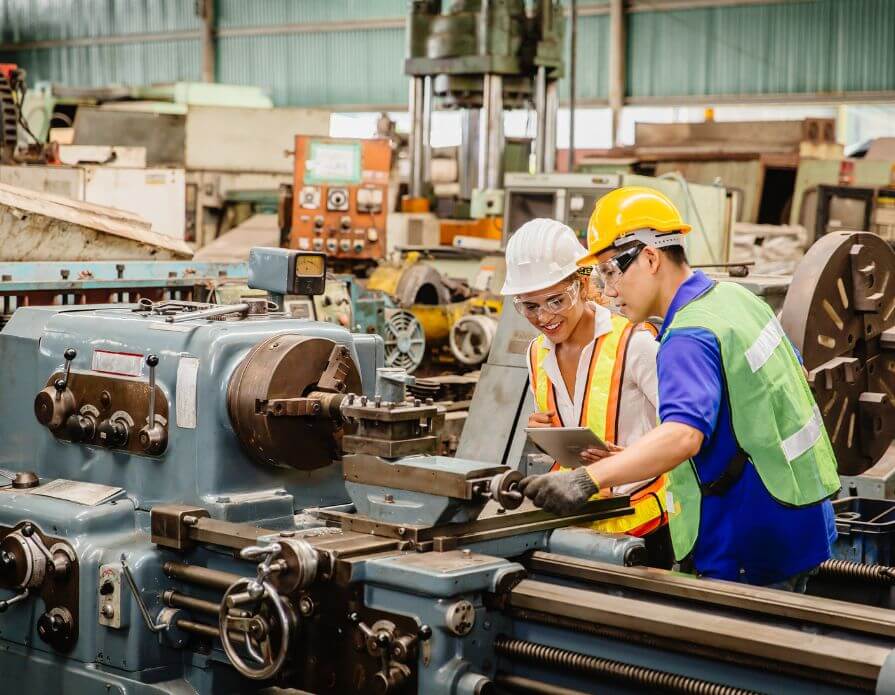How To Ensure a More Sustainable Manufacturing Process
As global awareness about climate change, resource depletion, and pollution escalates, the pressure on industries to adopt green practices has intensified. Traditional manufacturing methods that once focused on efficiency and profitability must now integrate an environmental approach to remain relevant and responsible.
Embracing sustainability in manufacturing isn’t just about reducing waste or minimizing carbon footprints; it involves a transformation that includes efficient resource management, renewable energy, and fostering a culture of innovation. Learning how to ensure a more sustainable manufacturing process will equip you with the knowledge to forge a more sustainable future.
Enhance Supply Chain Sustainability
Sustainability in manufacturing isn’t limited to what happens within the factory walls; it extends throughout the entire supply chain. Engaging suppliers who prioritize sustainable practices, reducing transportation emissions by sourcing local goods, and implementing efficient logistics strategies are crucial components. Companies can track the sustainability practices of their suppliers and encourage or mandate sustainable practices through policies and partnership agreements.
Implement Energy-Efficient Practices
Energy efficiency is the foundation of sustainable manufacturing. Factories must invest in energy-efficient machinery and adopt practices that reduce energy consumption. Utilizing renewable energy sources such as solar and wind power can significantly decrease the carbon footprint of manufacturing activities. Conducting regular energy audits helps identify areas where energy wastage is high and allows the implementation of corrective measures.
Adopt Green Manufacturing Technologies
Advancements in technology offer several avenues for making manufacturing processes more sustainable. Among these methods, reaction injection molding enables the production of durable and complex components with reduced material usage and energy consumption. Green manufacturing technologies also include using biodegradable materials, non-toxic chemicals, and processes that minimize emissions.
Optimize Resource Use
One of the most effective ways to achieve sustainable manufacturing is optimizing resource utilization. This involves using raw materials more efficiently, reducing waste, and investing in technologies that enhance productivity with minimal environmental impact. Companies can implement recycling programs and adopt manufacturing processes that utilize scrap materials. By doing so, they can reduce waste and lower production costs, contributing to economic benefits and environmental conservation.
Foster a Culture of Sustainability
Beyond technological and process-driven initiatives, fostering a culture of sustainability within the organization is essential. This involves training employees on sustainable practices, setting clear goals, and encouraging innovative thinking around environmental conservation. Employee buy-in is crucial, as it ensures that sustainability becomes a core value within the company, leading to continuous improvement and long-term commitment.
Navigating the delicate balance between economic growth and the environment is challenging, but adopting sustainable manufacturing practices is a step in the right direction. By optimizing resource use, implementing energy-efficient and green technologies, enhancing supply chain sustainability, and fostering a culture of sustainability, manufacturing industries can achieve significant environmental benefits while enjoying economic rewards.
